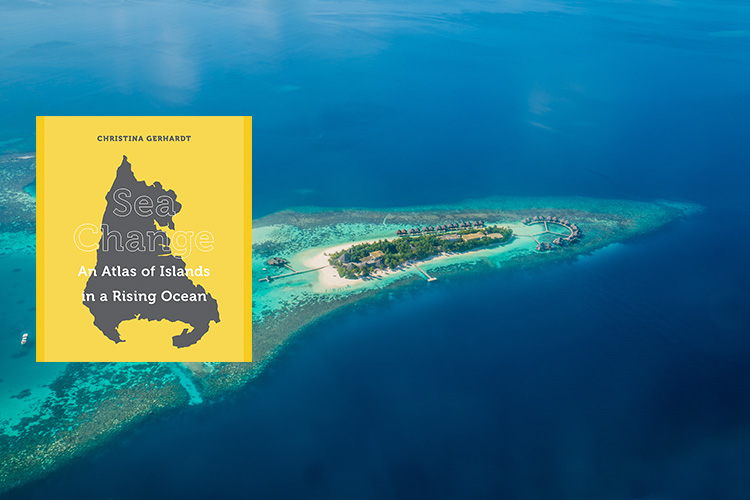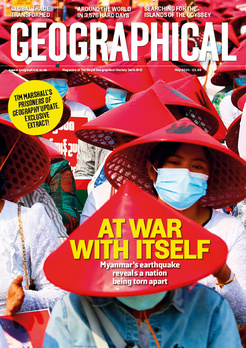
Christina Gerhardt details the crucial challenges remote island communities face in the fight against climate change
Review by Olivia Edward
As the world faces rising sea levels due to climate change, many countries are making contingency plans to relocate populations to higher ground. But what happens if you live on an island where there is no ground higher, or on a coral atoll where very soon there might be no ground left at all?
Christina Gerhardt has done an exceptional job of detailing the predicaments being faced by some of the world’s most vulnerable island communities, and the other contributors to this book also argue convincingly for islands to be reconceived as centres rather than remote places. They deftly explain how colonial imaginations that characterised ‘far sea’ islands as wastelands where one might be marooned or eaten by cannibals, and global biases that saw the size of a nation’s landmass as indicative of its cultural value, have historically contributed to islands being rendered politically and environmentally assailable.
As a whole, this is a highly respectable piece of journalistic work, and simultaneously a beautiful design object, but it does feel slightly let down by its maps. I’m certain that Sea Change’s aesthetic allure will mean that it reaches the coffee tables of those who might not have ordinarily thought themselves interested in the topics being addressed, and that feels crucial right now. However, the limited tonal range of the cartography sometimes makes the maps difficult to decode. A small quibble perhaps, but I couldn’t help thinking that a geographer’s involvement might have resulted in a cartography of greater visual potency, which may have conveyed the situation being faced by the islanders more clearly and starkly. The world definitely needs more books like this one, but atlases still need geographers.




